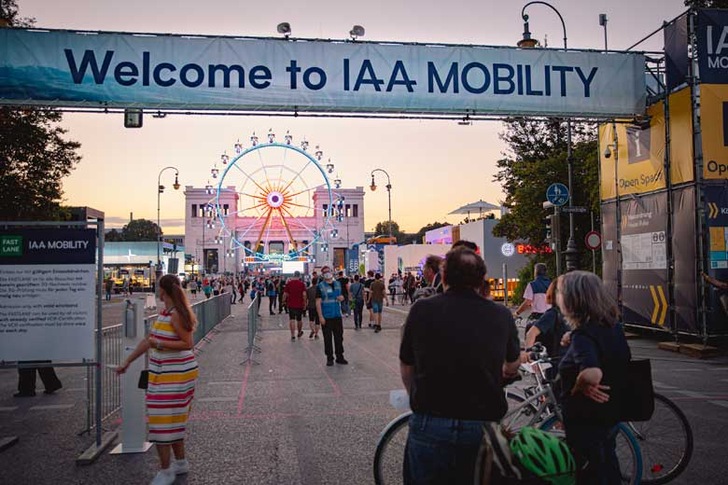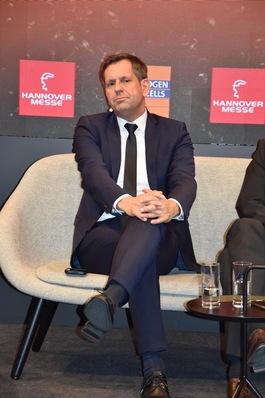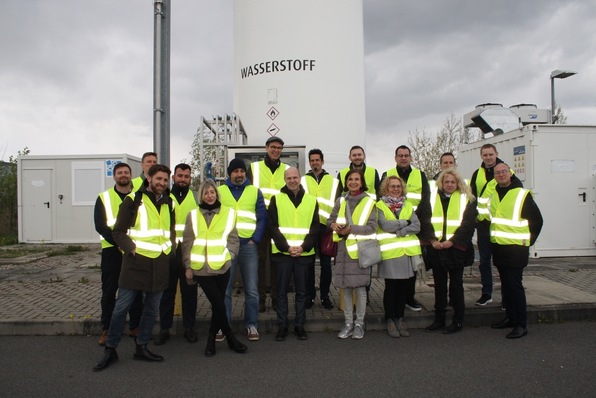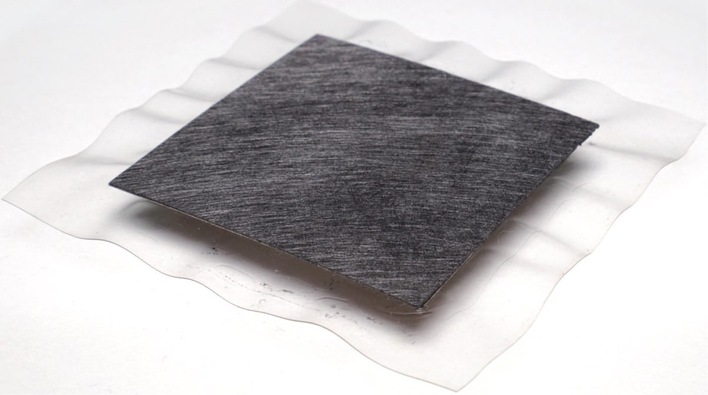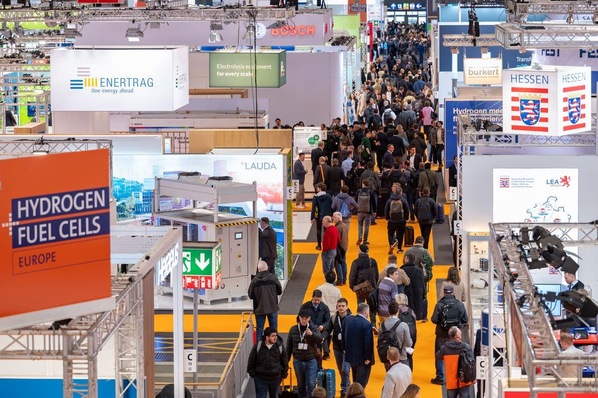“It's all in the mix” is what can be said to characterize the restart of the globally significant automotive show IAA Mobility. Since 1951, Frankfurt am Main has been hosting IAA every two years as the International Motor Show. But the far-reaching transformation processes in the automotive industry have swept away the venue, just as they have swept away parts of the previously predominant business model in the industry. As a visitor, this was immediately apparent upon entering the exhibition halls. Instead of flashy sports cars, visitors entering Hall B1 were greeted by a so-called start-up area with a lounge for networking.
In addition to electric cars, the stands of the 774 exhibitors also featured e-bikes, e-scooters, mobility services and urban planning tools. “Here in Munich, we presented and discussed together what needs to be thought of together in the future,” said Hildegard Müller, president of the association Verband der Automobilindustrie (VDA), which together with Messe München organized this year’s IAA Mobility. It was a good mixture of exhibitors. Automakers were represented at a total of 98 exhibit spaces, but also present were 75 bicycle brands, 152 supply and tech companies, and 78 startups.
The organizers also brought the trade fair to the place where mobility primarily takes place: downtown. A so-called Blue Lane, where purely emissions-free vehicles could be tested, connected the exhibition grounds, occupied area of 195,000 m2 (233,000 yd2), to the exhibition space in the Munich city center, 65,000 m2 (78,000 yd2). There was some criticism from citizens and local politicians of a one or other too massive pop-up stand, the so-called Open Space locations, in the city center. Because of this, the responsible committees of the Munich city council said that the areas should be more strictly regulated in the planning for 2023 and 2025.
The vehicles on display were clearly dominated by electric drives. With few exceptions, combustion vehicles were limited to a special exhibition area. Purely battery electric vehicles (BEVs) dominated the scene, but those searching for new developments in fuel cell drive systems could also find them at supplier stands.
“Trade fair with international appeal”
The trade fair concept was well received by exhibitors. “As a lead market for vehicles and mobility solutions, Germany needs a trade fair with international appeal like the IAA, even though the number of international visitors in particular was low this year due to the pandemic,” said Dr. Achim Moritz, product manager of Fuel Cell Mobility Solutions at Robert Bosch GmbH. He expressed that he fully supports this trade fair concept and welcomes the stronger inclusion of citizens and end consumers through offers of testing, participation and dialogue. For him personally, it was impressive to see how much importance was attached to electrification and sustainability of transport throughout the trade fair.
... Read this article to the end in the latest H2-International
Author: Michael Nallinger


